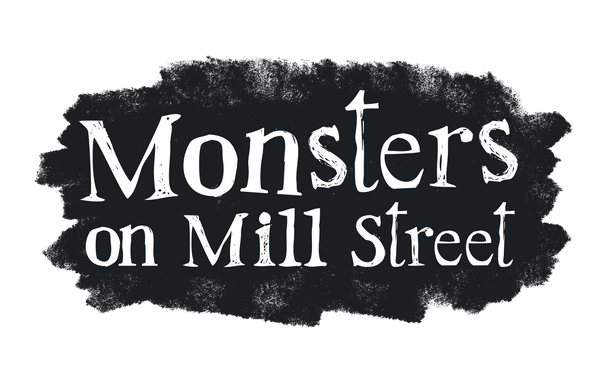
Exploring Anger through "The Angriest Monster on Mill Street": A Guide for Parents
Share
Every child, at some point, will experience the emotion of anger. It's a normal and healthy human response. The challenge, though, comes in teaching our children to understand, accept, and express this emotion in a healthy and constructive way. Thankfully, Albie and "The Angriest Monster on Mill Street" provide us with a tangible example to delve into this important aspect of emotional development.
Recognizing Anger
In the story, Albie's anger is palpable. His fur heats up and glows, his body grows enormous, and he creates chaos around him. These physical manifestations of his anger make it easier for children to understand the concept. With your child, discuss how Albie's anger is depicted and draw parallels to their own experiences. Do they feel heat in their face? Does their heart beat faster? Helping children recognize these physiological signs of anger is the first step in managing it.
Accepting Anger
An important lesson from Albie's tale is that anger, in itself, is not bad. Albie is not a 'bad' monster; he's a small monster with a big emotion. Help your child understand that feeling angry doesn't make them a bad person. It's okay to feel angry; it's what we do when we're angry that matters.
Expressing Anger in a Healthy Way
Albie's anger leads to an outburst that causes problems for himself and others. This can be a great opportunity to talk with your child about the difference between feeling angry and acting out in anger. Discuss other ways Albie could have expressed his anger that wouldn't have resulted in chaos. This could involve using words to express feelings, drawing a picture, taking some quiet time, or engaging in a physical activity to vent frustration.
Practicing Mindfulness
One of the key turning points for Albie is when he consciously engages his senses to calm his anger. He smells the flowers, feels the breeze, and sees the rainbow. This is mindfulness in action, and it's a powerful tool for children to use in emotion regulation. Practice mindfulness exercises with your child - it can be as simple as taking deep breaths or practicing grounding.
Seeking Support
After Albie's outburst, he builds relationships with other monsters who pledge their support when he's feeling upset. This beautifully highlights the importance of emotional support in managing anger. Encourage your child to identify a few trusted individuals they can turn to when they're angry - you, a sibling, a teacher, or a friend.
Making Amends
Finally, Albie teaches us that when our anger affects others negatively, it's crucial to make amends. After his outburst, Albie cleans up the mess he made, literally and figuratively. It's a powerful lesson in taking responsibility for our actions and making things right.
Albie’s journey in The Angriest Monster on Mill Street gives kids a way to see that anger isn’t something to fear—it’s something to understand. Just like Albie, they’ll have moments when their feelings feel too big to handle. But with a little practice, a little support, and a few simple tools, they can learn to ride the waves of their emotions instead of being swept away by them. And the best part? They don’t have to do it alone. We’re right there beside them, helping them find their way back to calm, one deep breath (or one monster-sized roar) at a time.
